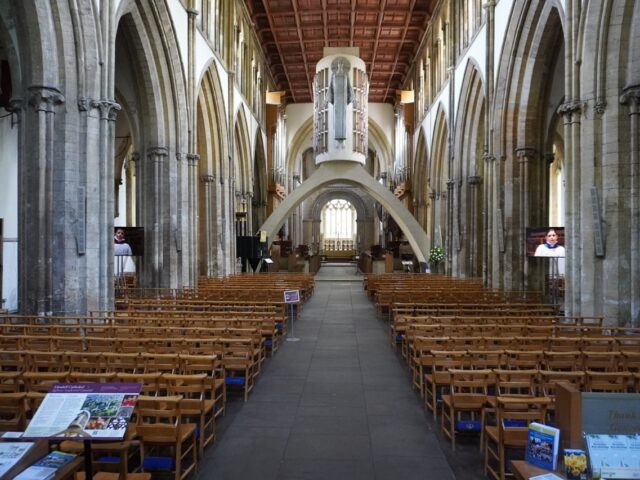
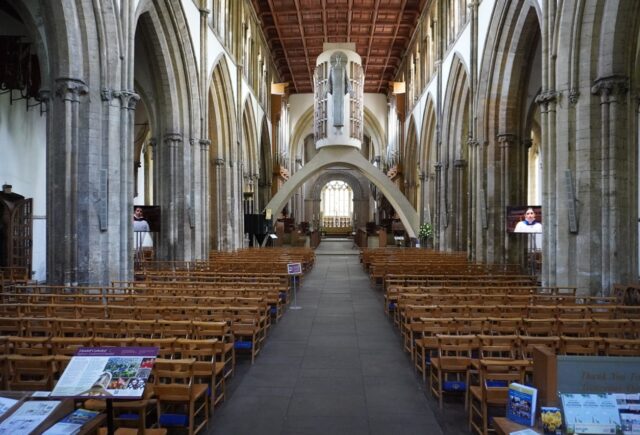
Annual Report 2024
All are welcome to attend the Annual Vestry Meeting and the Dean & Chapter’s Annual General Meeting at 7.00pm on Monday 16th June. You can view the Annual Report and Financial Statements for the year ended 31 December 2024 below:
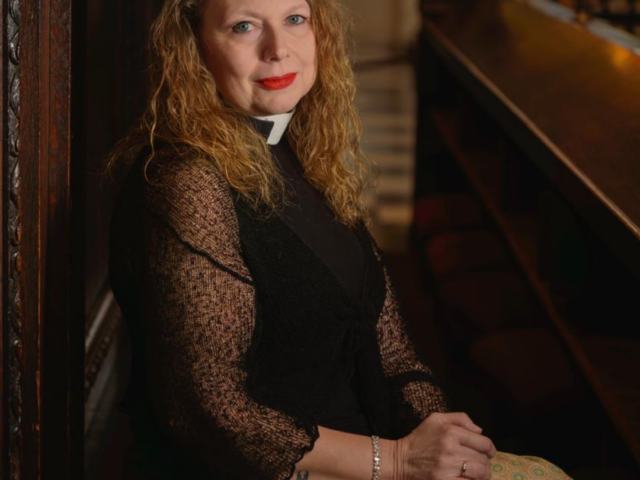

Llandaff Cathedral Welcomes Reverend Kate Harrison as New Canon Chancellor
The Dean and Chapter of Llandaff Cathedral are delighted to announce the appointment of Reverend Kate Harrison to the position of Canon Chancellor. Reverend Harrison will be moving from her current parish in the Diocese of London this summer and will be officially licensed at the Cathedral in September. Reverend Harrison was ordained in 2015 … Continued


2025 Annual Vestry Meeting
The Annual Vestry Meeting and the Annual General Meeting of The Dean and Chapter of Llandaff Cathedral (Registered Charity Number 1159090) will be held on Monday 16th June at 7.00pm in the Nave. Nomination forms for the LCCC Chair, LCCC Members and the People’s Warden may be downloaded on the links below. The Annual Report … Continued


Tribute to Hans Zimmer & Film Favourites Illuminated
Get ready for an unforgettable evening! ✨MEGA Events presents a breathtaking tribute to the legendary Hans Zimmer and your favourite film scores, brought to life by a live chamber orchestra bathed in stunning light. 🎶 Experience the magic at the magnificent Llandaff Cathedral on 13th November 2025. Don’t miss out, grab your tickets here: https://zurl.co/jQiCr … Continued


Back for 2025: The Christmas Orchestra Live at Llandaff Cathedral
The Christmas Orchestra is back! After a wonderful run of sold out shows in 2024 we are excited to bring you more shows and locations in 2025. Get ready to discover the magic of the festive season with our unique concert experience. On 21st November our tour makes a special stop at Llandaff Cathedral in Cardiff, … Continued


Spring Green Fair 2025
Mark your calendars for Monday, May 5, 2025, and come to Llandaff Cathedral from 11am to 3pm for our Green Spring Fair—a vibrant day celebrating eco-friendly living and the spirit of togetherness! Nestled within our historic walls, recently honoured with the A Rocha UK Silver EcoChurch Award in December 2024 (the first cathedral in Wales … Continued


New Trustees Appointed
The Dean and Chapter recently appointed four new trustees to join the board of the registered charity. Following an open and transparent recruitment process, in line with charity law and guidance, the four trustees appointed will bring a wealth of experience and expertise from a wide range of professions. Chaired by Ceri Weatherall, the board of … Continued


Llandaf Cathedral Achieves Eco-Church Silver Award
We are delighted to announce that Llandaf Cathedral has been awarded the A Rocha UK Silver EcoChurch Award (December 2024). We are the first Cathedral in Wales to receive Silver, and we want to thank everyone who has worked to make our Cathedral church and community more sustainable. We believe that it is part of … Continued
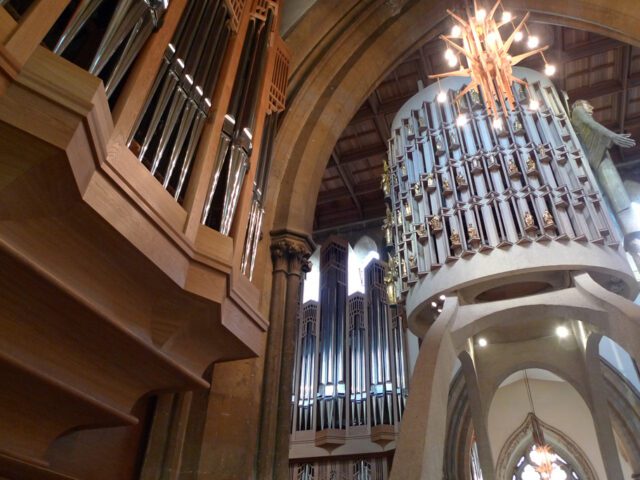
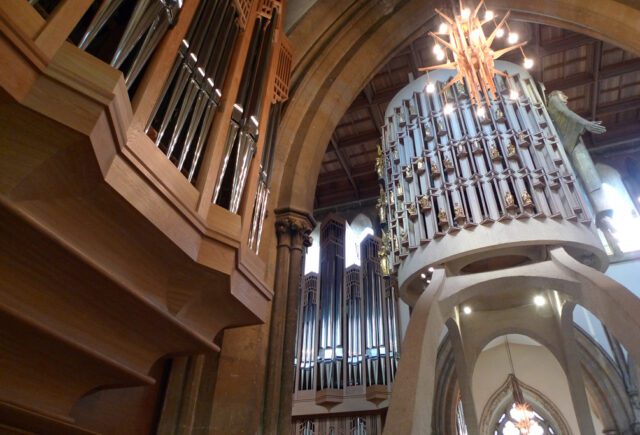
Red Weather Warning – 7th December
Due to a Red Warning for high wind and rain lasting from 3am to 11am on Saturday 7th December, the Cathedral will be closed until 1.00pm. The 2Wish Charity Remembrance Service which was scheduled to take place at 11am has been postponed, hopefully to take place in January. Evening Prayer at 5.30pm, followed by the … Continued
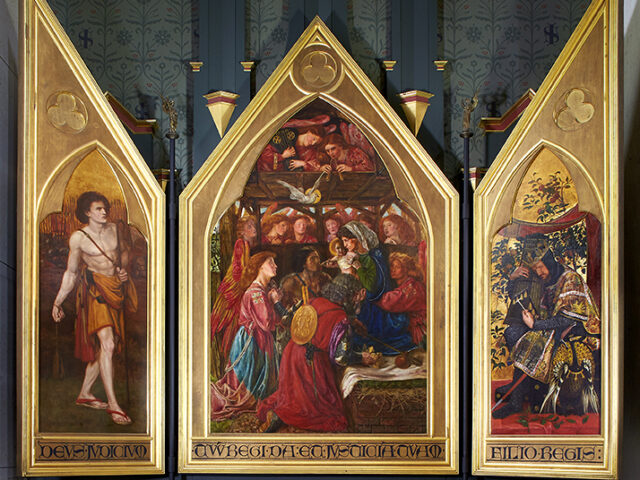
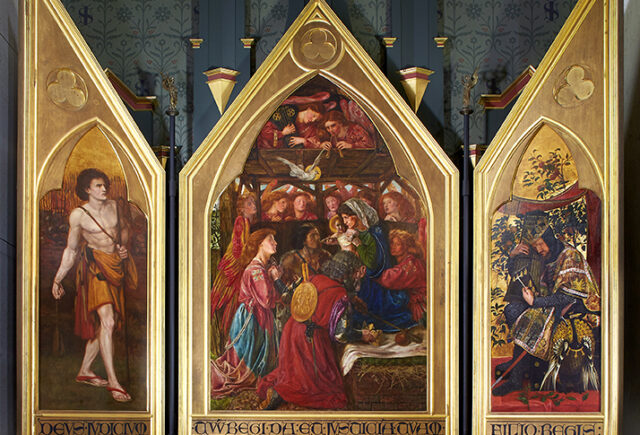
Advent & Christmas at Llandaff Cathedral
Take a look at the leaflet below to find out what’s on at Llandaff Cathedral this Advent and Christmas. The Service of Nine Lessons & Carols on 23rd and 24th December is a ticketed event. Tickets are available to book from 8.00pm on Sunday 1st December. Click the button below to book yours.


170 Years of Embrace the Middle East
To celebrate their 170th anniversary, Embrace the Middle East will be holding an evening of food, music, story and inspiring vision at the Cathedral on Thursday 10th October. Everyone is invited! Since 1854, the Christian development charity Embrace the Middle East has been partnering with Middle East Christians as they provide education, healthcare and support … Continued



